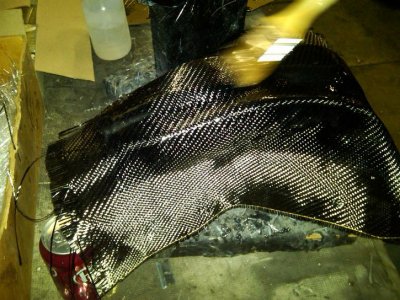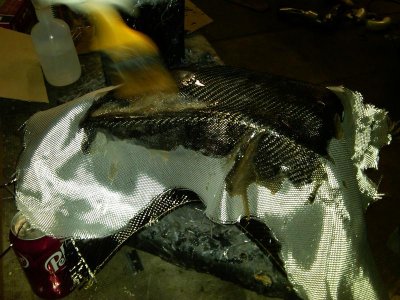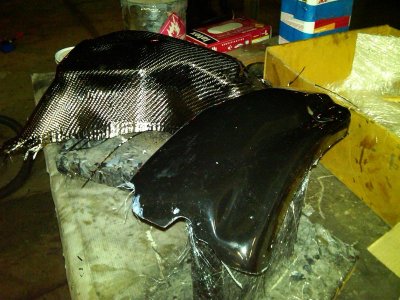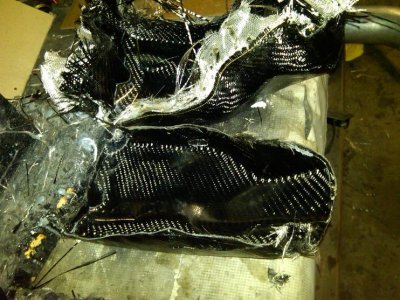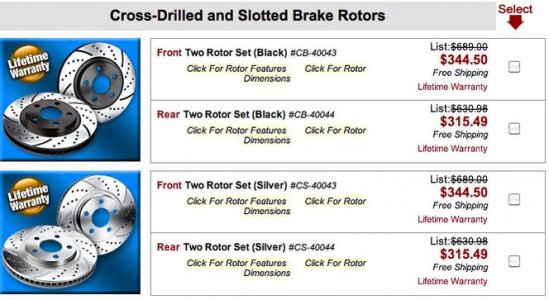A lot of really good info on this thread from some pretty knowledgeable guys. I'll throw in my 2 cents.

Before I go into details, remember that Bobby Rahal commented during his NSX development drives that that stock brakes were superb. That guy knows a thing or two about high-performance driving and you should start with that in mind before spending thousands of dollars on brake upgrades. Perhaps the money may be better spent on improving the driver...just a suggestion. Skip Barber runs some nice programs- ask Billy.
Now to the brakes- your brake component level is totally dependent on your application.
1. For a street-driven NSX on stock or near stock power (i.e., I/H/E), the stock brakes with stock pads are more than enough.
2. For an aggressive street-driven NSX on stock or near stock power , you may want to think about getting some more aggressive pads (Hawk HPS, Project Mu Type NS, etc.) and perhaps some high-temp DOT4 fluid. Btw, I do not consider "aggressive street-driven" to mean stoplight racing, 120 mph on the freeway, or doing burnouts in the Home Depot parking lot. Instead, I mean driving that will dump a lot of heat into the brakes, like canyon carving, togue mountain runs, etc.
3. For a track-driven NSX on stock or near stock power, good track pads that can give you a good Mu coefficient at high rotor temps are a must. Some examples are Carbotech XP10/8, Hawk HP+ and Project Mu LEVEL MAX 700/900. Some of these pads are not so great at colder temps, so be careful. Many people use a dedicated set of track pads for this reason. High temp DOT4 fluid is also critical. Many people also use brake deflectors or ducting to get some more airflow across the rotors. Like Billy mentioned, this setup is more than enough brake for 99% of track drivers and can easily handle a 20 or 30 minute HPDE session.
4. For a turbo or SC NSX on the track, this is where the BBK really comes in in my book. These cars, with 500 or 600whp, are pushing the stock brake design far beyond what Honda intended, so they need to be upgraded. Any of the options are good, but I particularly like the Stoptech offering because it is tuned to the NSX brake balance out of the box. Other options (Brembo, etc.) may require adding brake bias adjusters in order to settle the car.
As for rotors, solid blanks are the best. A brake rotor is a heat sink and the more metal mass there is, the more heat it can hold. Any time you remove metal from the rotor (either by drilling and/or slotting) you are reducing the size of your heat sink, which means it will heat up faster and stay hotter. Drilling can lead to stress cracks and slotting is not really necessary with today's pad compounds, which do not outgas like older pad materials. Drilling might look cool, but this is one of those rare times where the cheaper option (solid blanks) is actually better for your car.
Given your posts, I think #2 or 3 above would be just fine.



